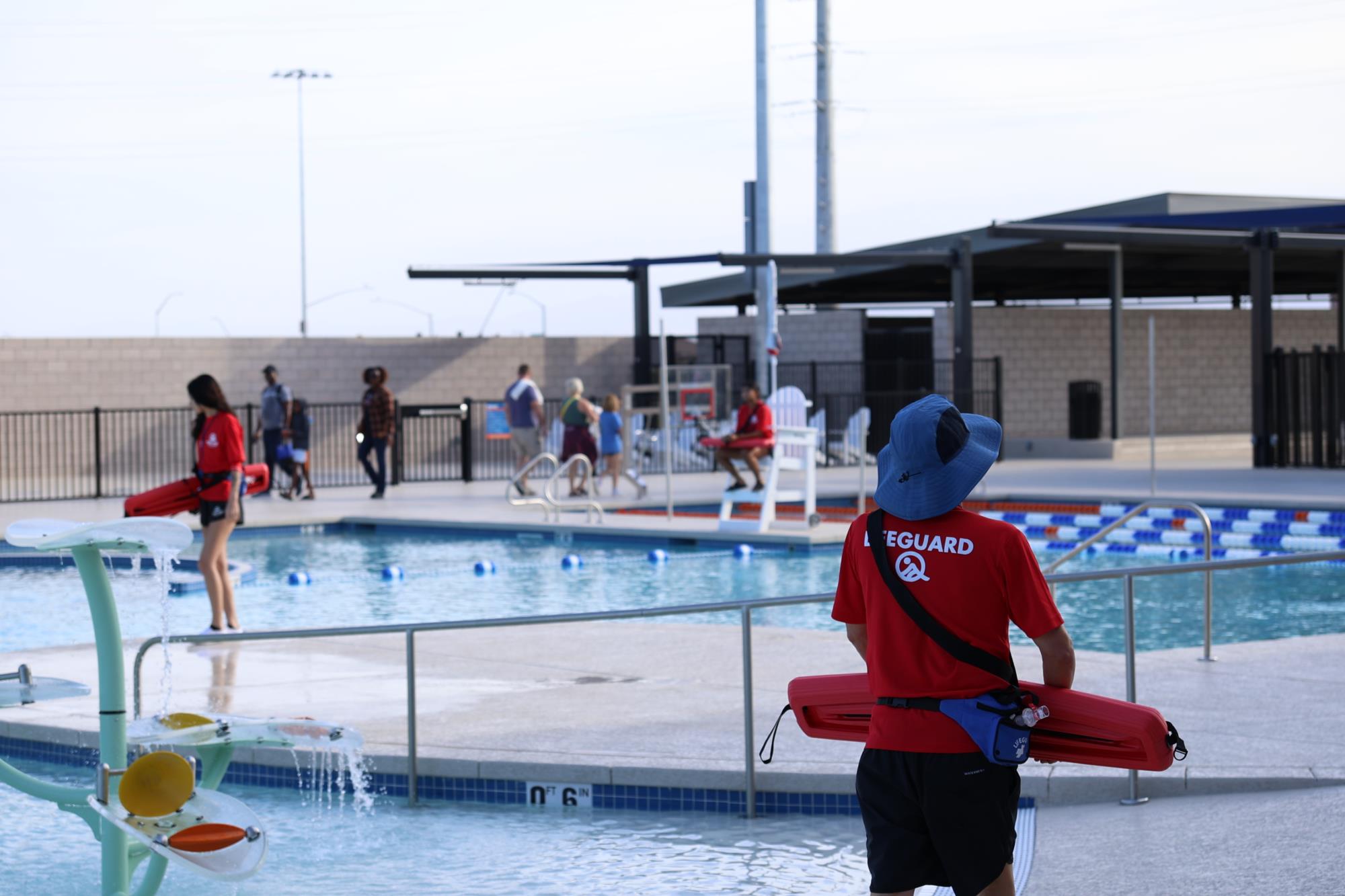In today’s saturated music industry, breaking through the noise isn’t just about producing great tracks—it’s about how you connect. Music pitching has evolved from cold emails and random submissions to a more strategic and human-centered approach. At NotNoise, we believe that music pitching should feel less like spam and more like conversation. It’s no longer just about getting your song heard—it’s about building genuine, lasting relationships within the music ecosystem.
What is Music Pitching?
Music pitching is the process of promoting your music to industry professionals like playlist curators, music supervisors, radio programmers, influencers, bloggers, and record labels. The goal is to secure placements, gain exposure, and grow your fan base. But effective music pitching isn’t just blasting emails or DMs. It involves targeting the right people, crafting compelling pitches, and most importantly, respecting the gatekeepers’ time and interests.
Why Music Pitching Often Fails
Many artists fail at music pitching because they treat it like a numbers game. They send generic messages to hundreds of contacts, hoping someone bites. This approach usually results in being ignored or blacklisted. Why? Because real music pitching requires personalization and relevance. If you don’t take the time to understand who you’re pitching to, your music, no matter how great, will get buried under a sea of submissions.
The Power of Relationship-Driven Music Pitching
Relationship-driven music pitching focuses on connection before conversion. At NotNoise, we help artists find curators, journalists, and tastemakers who actually align with their sound and values. Instead of pushing for immediate results, we guide you to build trust. When curators know you, like you, and trust you, they’re far more likely to support your music. This is music pitching that’s built for longevity—not just a single placement.
How to Research the Right Contacts for Music Pitching
One of the most critical aspects of successful music pitching is knowing who to pitch to. Start by identifying the platforms and playlists where similar artists have been featured. Look for blogs, radio shows, and influencers who champion your genre. Tools like Chartmetric, SubmitHub, and Groover can aid in finding the right contacts, but even simple social media research goes a long way. Effective music pitching starts with targeting the right audience.
Crafting the Perfect Music Pitch
When it comes to music pitching, your message matters just as much as your music. A great pitch is short, respectful, and engaging. Introduce yourself, mention why you’re reaching out, and explain why your music fits their platform. Always include a streaming link (preferably private or direct), a short bio, a press photo, and notable achievements. Never send attachments, and always follow submission guidelines. With thoughtful music pitching, your chances of getting noticed skyrocket.
Common Mistakes to Avoid in Music Pitching
Avoiding rookie mistakes can make or break your music pitching efforts. Don’t pitch unreleased music without context. Don’t send mass emails. Don’t ignore submission instructions. Never guilt or pressure the person you’re pitching to. Keep in mind, music pitching is a two-way street. The people you’re pitching to are flooded with requests. Respect their time, and always follow up politely if you don’t hear back—once or twice, not endlessly.
Music Pitching for Playlists vs. Blogs vs. Sync
Different outlets require different music pitching strategies. Playlist curators often want a vibe and quick listen, while music bloggers care about story and originality. Sync agents are looking for production quality and emotional fit for visual media. Tailoring your music pitching to the type of gatekeeper increases your chances of success. At NotNoise, we help artists craft targeted strategies depending on the type of outlet they’re pursuing.
Leveraging Data in Your Music Pitching
Analytics can transform your music pitching. If you notice that your music performs well in certain regions or with specific demographics, mention that in your pitch. Highlight social proof—Spotify streams, Shazam data, TikTok trends. Numbers alone don’t secure placements, but they support your case. Data-backed music pitching adds credibility and makes your submission more appealing to industry pros.
The Role of Consistency in Music Pitching
The most successful artists in music pitching don’t give up after one try. They build a system, maintain a calendar, and stay consistent. One pitch won’t change your career, but a consistent, thoughtful approach will. Follow up respectfully, release music regularly, and keep nurturing relationships. Every connection you make through music pitching adds to your momentum.
How NotNoise Helps You Master Music Pitching
At NotNoise, we believe that every artist deserves to be heard—but more importantly, they deserve to be understood. We don’t just teach music pitching, we coach you through building real-world connections that lead to lasting exposure. Whether you’re an indie artist or a seasoned pro, our tools, resources, and network help you pitch smarter, not louder. With NotNoise, music pitching becomes a natural extension of your artistry—not a separate hustle.
Conclusion:
Music pitching is more than just a promotional tactic—it’s an essential skill for every artist looking to grow in today’s music landscape. By focusing on authenticity, research, strategy, and consistency, your pitches can stand out in the inboxes of curators and gatekeepers. At NotNoise, we believe that meaningful connections beat blind outreach every time. When done right, music pitching builds not just playlists or press coverage, but a career rooted in real relationships and enduring support.



